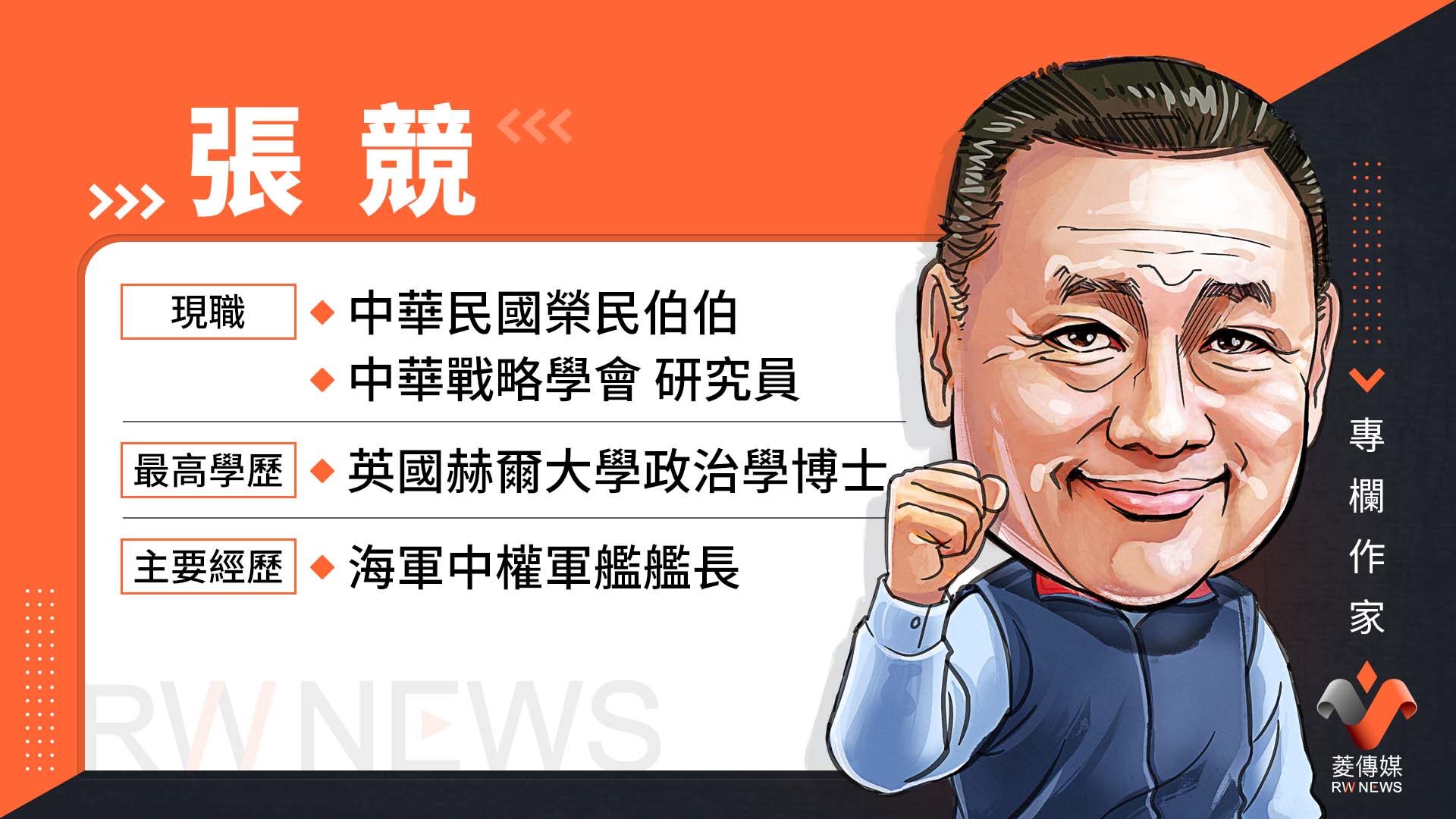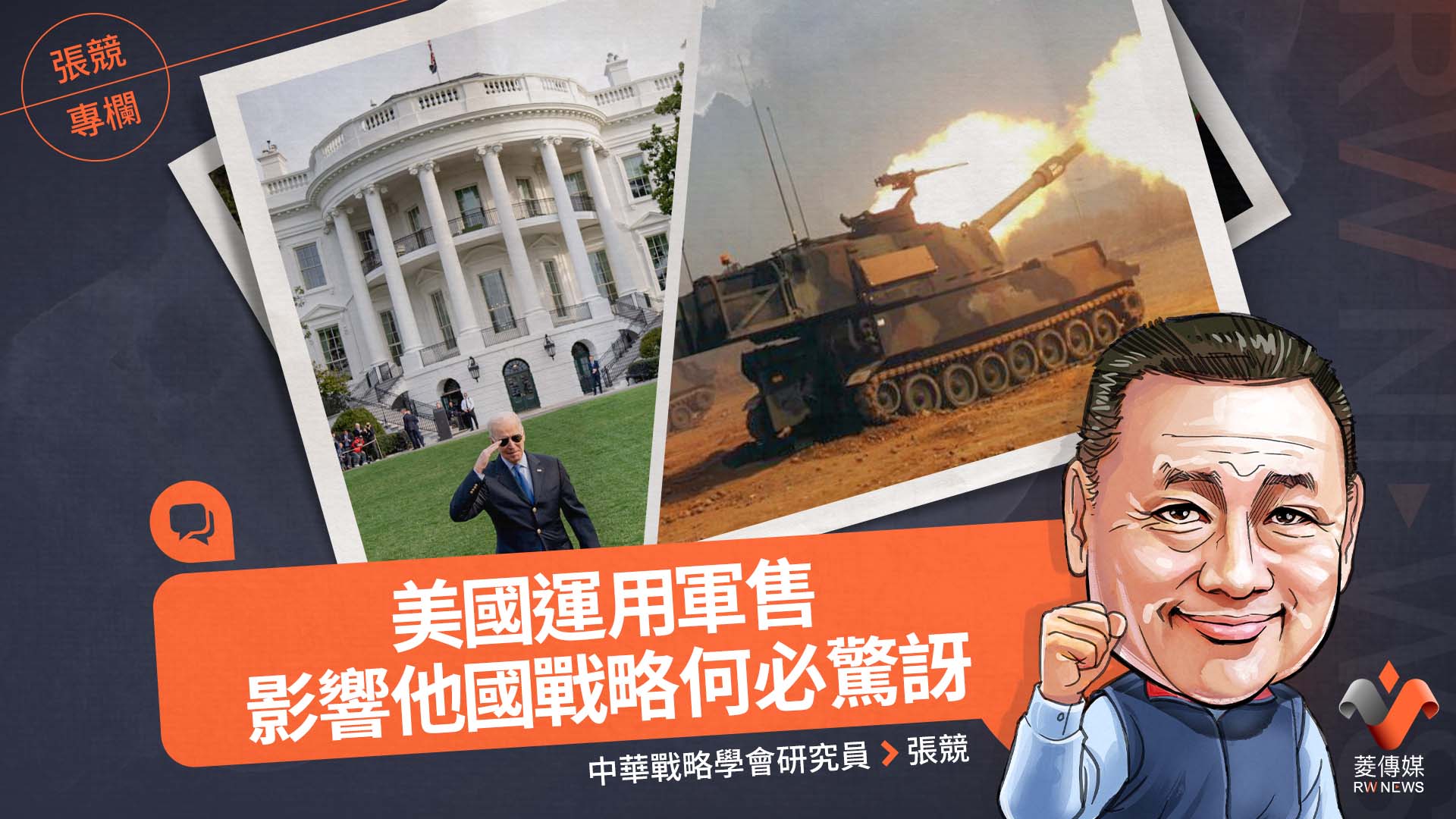張競/中華戰略學會研究員
最近國內有許多媒體報導美國透過管控或是拒絕對我軍售品項,希望能夠影響我軍事戰略,並且刻意導引我方作戰構想往“不對稱作戰”方向發展;許多論者都援引目前烏克蘭透過美國所提供軍備援助,能夠有效抵禦俄羅斯入侵,讓其陷入進退兩難泥淖,聲稱華盛頓戰略謀士認為,經過調整改造後,可將同樣情境複製在台海衝突,從而增加戰略嚇阻效用。
首先必須指出美國對外軍售或移轉軍備品項確實是有其政策,而此等政策通常係透過總統行政指令加以規範;各任美國總統經常會因考量國際局勢變化,對於美國對外透過軍售管道或是安全合作以及軍事援助作業體系,在移轉美國軍備品項提出政策指導。不過有些係屬於個案,但有些政策指導就是屬於通則性規範,所有對外國進行之軍備轉移都必須依循該政策執行。
但就目前拜登總統在2021年1月接任後所發布,以「國家安全備忘錄」(NSM:National Security Memorandum)或是「國家安全研議備忘錄」(NSSM:National Security Study Memorandum)為名,以便銜接川普總統主政時期,以「國家安全總統備忘錄」(NSPM:National Security Presidential Memorandum)以及「太空政策指導」(SPD:Space Policy Directive)為名之各項國家安全政策指導;再加上拜登到目前為止所曾經公開發布過,並且具有政策約束力之「總統行政命令」(Executive Orders)、「總統備忘錄」(Presidential memoranda)以及各項「宣言」(Proclamations),到目前為止並未發布過任何對於軍備轉移之原則性政策指導。
因此目前美國對外移轉軍備品項,其中包括對外以政府軍售管道或是商售模式,所進行之軍備移轉交易,都還是遵循川普主政時期,在2018年4月19日所簽署發佈,編號為NSPM10,全名為「針對美國常規武器移轉政策之國家安全總統備忘錄」(National Security Presidential Memorandum Regarding U.S. Conventional Arms Transfer Policy)之政策規範指導進行;其詳細內容網址為https://www.whitehouse.gov/presidential-actions/national-security-presidential-memorandum-regarding-u-s-conventional-arms-transfer-policy/。
依據該文件第三節(section 3),美國政府行政部門在決定軍備移轉至他國前,必須考量下列五個要項:(a)美國本身國家安全利益(The National Security of the United States.)、(b)美國經濟安全與創新(The Economic Security of the United States and Innovation.)、(c)盟國與友邦關係(Relationships with Allies and Partners.)、(d)人權與國際人道法(Human Rights and International Humanitarian Law.)以及(e)反擴散軍控(Nonproliferation.);在前述五個要項,其實還有更詳細要點,從而勾勒出美國對外轉移軍備,最重要考量目標是鞏固美國國家安全利益與支持美國國家安全政策,絕對不是滿足求售國或是軍備移轉對象之軍事需求。
其次更要提醒,國際軍備供需架構基本上都是賣方市場,除非購買方本身能夠獲得多個供應源頭相互競爭,否則必然就是要被迫受制於人。而我國在面對國際社會孤立無奈現實環境下,美國是提供我國精密先進武器唯一可靠來源,因此美國與我在研議談判供應出售軍備品項上,更是具有絕對主導權,這是吾人必須認清之外交處境與戰略環境。
再者就要指出,美國在對我提供軍備產品時,其實亦要面對各種壓力,特別是與北京互動關係上,這個是引發雙方不快重要因素。誠然當美國決心要打台灣牌時,運用對台軍售過程向北京傳送政治信號,確實是經常所使用手段。所以美國希望運用軍備品項取捨過程,以便建構對其有利之政治條件與戰略環境,根本就不令人意外,所以在軍備選項與優先順序上與我國產生爭議,吾人確實不必感到驚訝。
當華盛頓與北京關係緊張,必須運用台灣牌時,美國自然就希望獲得更高主導權;特別是當打算透過誘發武裝衝突,以便從中獲取利益時,美國就更必須能夠左右中華民國之軍事選項與作戰構想。當兩岸關係和緩,美國與中國大陸以正面往來積極互動時,台灣對美軍事採購就會具有較高選擇空間,美國從中干預可能性與企圖心就會相對較低,這亦是不爭事實。
不過當兩岸情勢緊張,溝通管道完全中斷,美國又打算與中國大陸對決攤牌時,台灣在軍事選項與戰略指導上之彈性空間,就會自然獲得擠壓。假若臺灣經濟狀況不盡理想,能夠運用於軍事採購之預算金額相對縮減時,美國更是要積極誘導台灣軍事整建發展軸向,如此才能透過運用台灣牌,來管控未來和平或戰爭發展方向,以便維護美國國家安全政策並鞏固其國家安全利益。
總而言之,目前會讓美國透過對我銷售軍備品項,以便約制與主導我建軍方向與作戰構想之難堪真相浮出檯面,其實證實兩岸關係不睦、華盛頓與北京矛盾惡化、台灣牌運用彈性降低以及台北國防採購相對實力轉弱等因素。當華盛頓必須透過找退役高階將領與其唱和,刻意拒絕供售某些品項,再找諸多智庫學者專家放話,其實攤在台灣前面只有一條路,台灣能否以及是否願意比照烏克蘭,扮演消耗北京軍事實力與國家整體國力之砲灰與馬前卒?
台北所面對處境,其實就如同迷宮(maze)與曲徑(labyrinth)間之差別,在迷宮中尋找路途前進時,可能有許多岔路可供選擇,雖然有可能會走冤枉路,耗費些時間再走上回頭路,但總還是不會像曲徑般,看起來像是有權選擇路徑之迷宮,但實際上卻是沒有岔路,擺明就這條路讓人走,被硬逼到必須選擇唯一途徑前進。假若真是讓華盛頓透過軍售「以否決來誘導」(shape by denial)策略,在軍事選項與作戰構想被搞到必須俯首就範地步,台灣是否還能擁有拒絕向前邁進到飛蛾撲火地步之選擇權?
川普總統所核定NSPM10(National Security Presidential Memorandum Regarding U.S. Conventional Arms Transfer Policy) section 3全文如下,請讀者參考:
Sec. 3. Arms Transfer Decisions. In making arms transfer decisions, the executive branch shall account for the following considerations:
(a) The National Security of the United States.
(i) The appropriateness of the transfer in responding to United States security interests.
(ii) The degree to which the transfer contributes to ally and partner burden-sharing and interoperability in support of strategic, foreign policy, and defense interests of the United States.
(iii) The transfer’s consistency with United States interests in regional stability, especially when considering transfers that involve power projection, anti-access or area denial capability, or the introduction of a capability that may increase regional tensions or contribute to an arms race.
(iv) The transfer’s effect on the technological advantage of the United States, including the recipient’s ability to protect sensitive technology; the risk of compromise to United States systems and operational capabilities; and the recipient’s ability to prevent the diversion of sensitive technology to unauthorized end users.
(v) The recipient’s nonproliferation and counterproliferation record.
(vi) The transfer’s contribution to efforts to counter terrorism, narcotics trafficking, transnational organized crime, or similar threats to national security.
(b) The Economic Security of the United States and Innovation.
(i) The transfer’s financial or economic effect on United States industry and its effect on the defense industrial base, including contributions to United States manufacturing and innovation.
(ii) The recipient’s ability to obtain comparable systems from competing foreign suppliers.
(c) Relationships with Allies and Partners.
(i) The degree to which the transfer meets the objectives of bolstering the security and counterterrorism capabilities of our allies and partners and contributes to international peace and security.
(ii) The degree to which the transfer increases access and influence in ways that support our strategic, foreign policy, and defense interests.
(iii) The recipient’s ability to field, support, and employ the requested system effectively and appropriately in accordance with its intended end use.
(iv) The likelihood of the transfer reducing ally and partner dependence on United States adversaries.
(v) The risk that the transfer will have adverse economic, political, or social effects within the recipient country.
(d) Human Rights and International Humanitarian Law.
(i) The risk that the transfer may be used to undermine international peace and security or contribute to abuses of human rights, including acts of gender-based violence and acts of violence against children, violations of international humanitarian law, terrorism, mass atrocities, or transnational organized crime.
(ii) Whether the United States has actual knowledge at the time of authorization that the transferred arms will be used to commit: genocide; crimes against humanity; grave breaches of the Geneva Conventions of 1949; serious violations of Common Article 3 of the Geneva Conventions of 1949; attacks intentionally directed against civilian objects or civilians who are legally protected from attack; or other war crimes as defined in section 2441 of title 18, United States Code. If the United States has such knowledge, the transfer shall not be authorized.
(e) Nonproliferation.
The risk that the transfer could undermine the integrity of international nonproliferation agreements and arrangements that prevent proliferators, programs, and entities of concern from acquiring missile technologies or other technologies that could substantially advance their ability to deliver weapons of mass destruction, or otherwise lead to a transfer to potential adversaries of a capability that could threaten the superiority of the United States military or our allies and partners.

